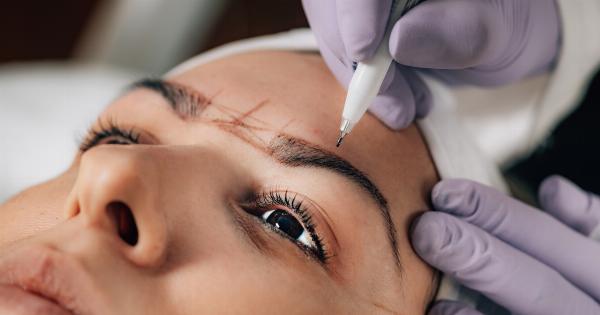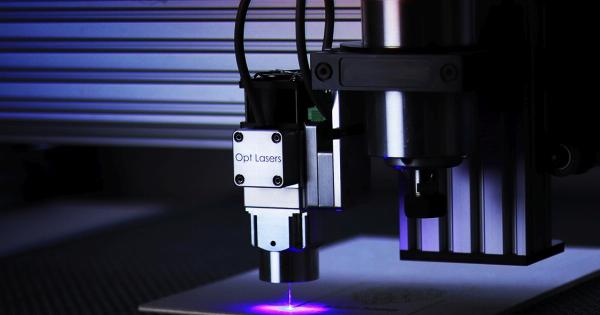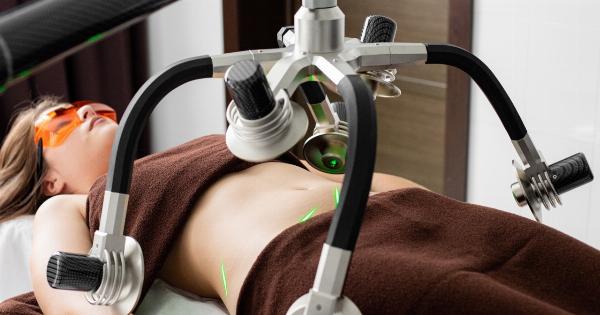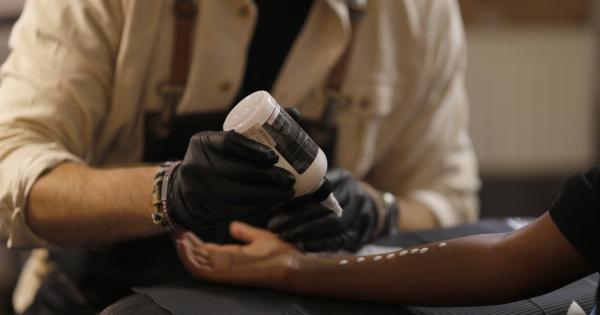Tattoos have grown in popularity over the past few years, with people getting inked with pretty much anything from small symbols to intricate designs.
However, as time goes on, circumstances change, and people may no longer want their tattoo for various reasons. This is where tattoo removal comes in.
How Does Tattoo Removal Work?
Tattoo removal works by using lasers to break down the ink particles in your skin. The laser is carefully aimed at the area of skin that the tattoo is located on, and the heat from the laser breaks down the ink particles.
The broken-down ink is then absorbed by the body’s immune system and is eventually removed.
How Long Does It Take?
Removing a tattoo takes time and patience. The amount of time it takes to remove a tattoo depends on the size and depth of the ink, the patient’s skin type, and the colors of the ink used.
Generally, it takes several sessions over several months to remove a tattoo fully.
Does It Hurt?
Many people report that tattoo removal feels similar to getting a tattoo but less intense. You may feel some sensations during the procedure, such as stinging, burning, or tingling.
Your practitioner may apply a topical anesthetic to help reduce any discomfort during the treatment.
Are There Any Side Effects?
The most common side effect of tattoo removal is redness and swelling of the treated area. Some people may also experience blistering, bleeding, or scarring. However, these side effects are usually minor and temporary.
It’s essential to follow your practitioner’s aftercare instructions to minimize the risk of side effects.
Is Tattoo Removal Expensive?
The cost of tattoo removal varies depending on several factors. The size of the tattoo, the number of sessions required, and the geographical location can all influence the cost.
However, tattoo removal tends to be more expensive than getting a tattoo, with each session ranging from a few hundred to a few thousand dollars. It’s essential to consult with a certified practitioner and get a quote for your specific tattoo removal needs.
Can All Tattoos Be Removed?
Most tattoos can be removed with laser technology. However, some factors may make tattoo removal more challenging, such as tattoo location, the age of the tattoo, and the type of ink used.
Black ink is generally easier to remove than colored ink, and older tattoos may be harder to remove than newer ones. Your practitioner will assess your tattoo during your consultation and let you know the chances of complete removal.
Do I Need to Do Anything Before a Tattoo Removal Session?
Before your tattoo removal session, it’s essential to avoid sun exposure and tanning beds for at least two weeks. You should also avoid aspirin and blood-thinning medications in the days leading up to your session.
Be sure to follow your practitioner’s specific instructions to prepare for your treatment fully.
What Happens During a Tattoo Removal Session?
During your tattoo removal session, your practitioner will use a laser to target the ink in your skin. The laser emits energy that penetrates the skin and breaks down the ink particles into tiny fragments.
Your body’s immune system then clears away the broken-down ink over the next few weeks. Tattoo removal sessions typically last between 10 and 30 minutes, depending on the tattoo’s size and complexity.
When Will I See Results?
You should see some results after your very first tattoo removal session. However, it typically takes several sessions to see significant results, and full removal can take up to a year or more, depending on various factors.
It’s essential to be patient and consistent with your tattoo removal treatment to achieve the best results.
Can I Get a New Tattoo Over the Treated Area?
It’s generally safe to get a new tattoo over a fully removed tattoo once the skin has completely healed.
However, you should wait at least six months after the last tattoo removal session before getting a new tattoo to ensure that the skin has had enough time to fully recover.




























